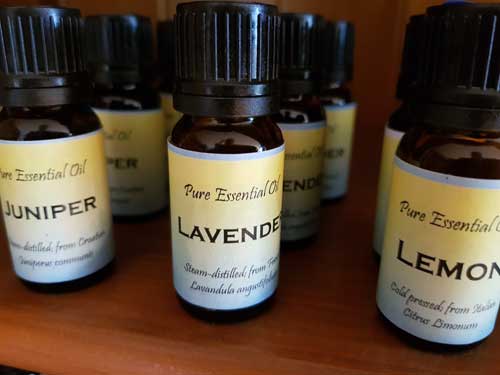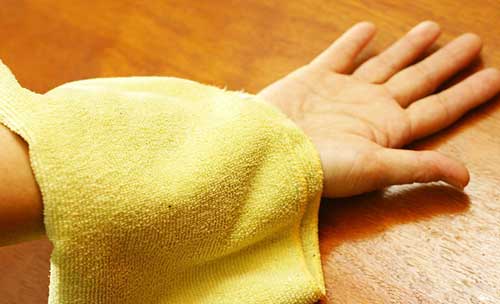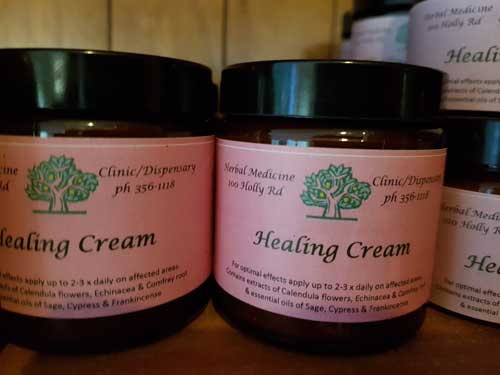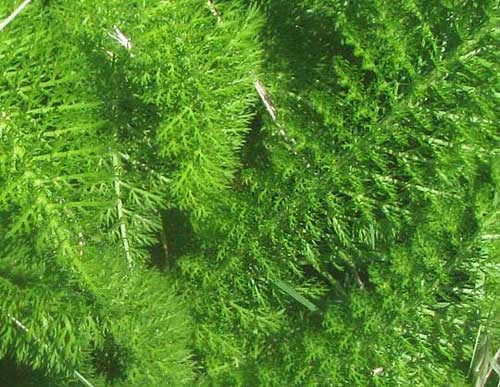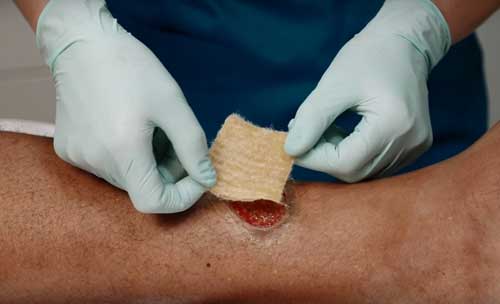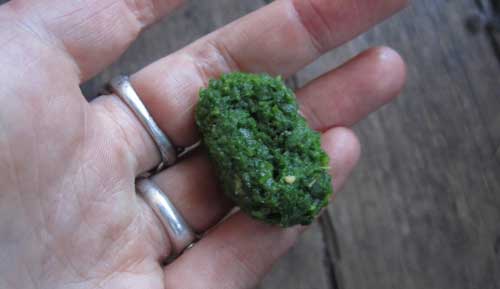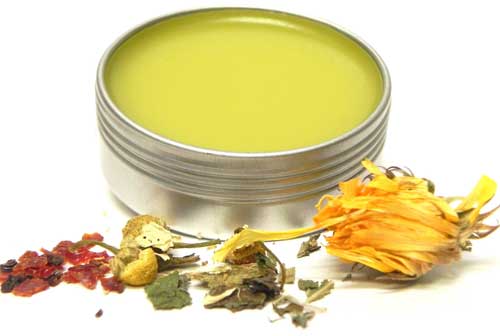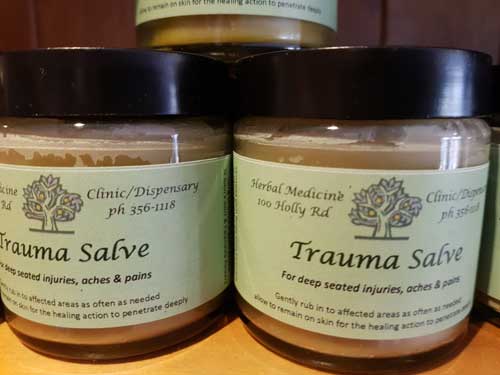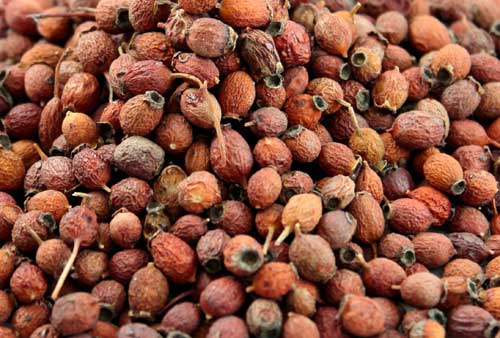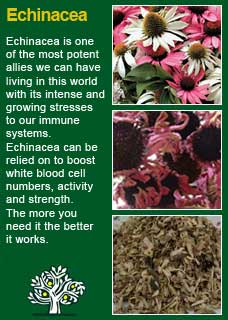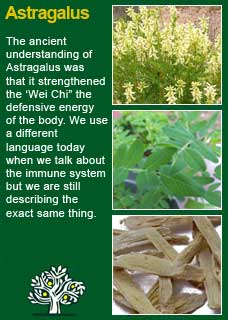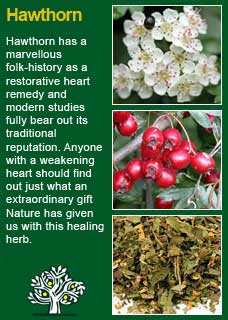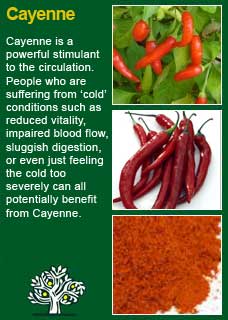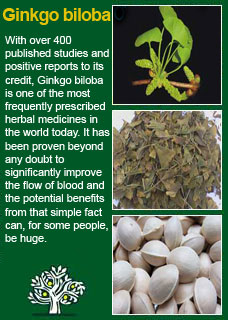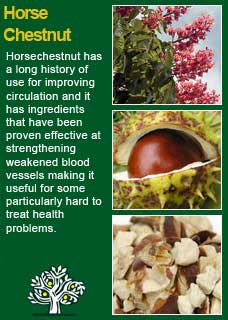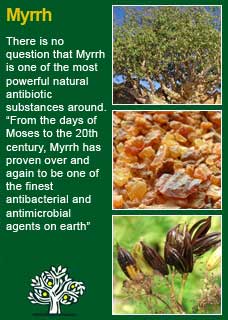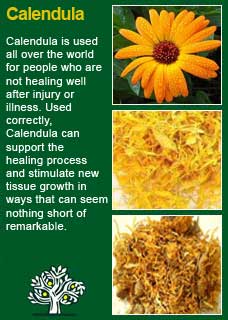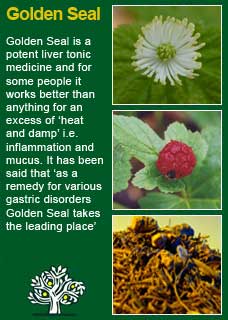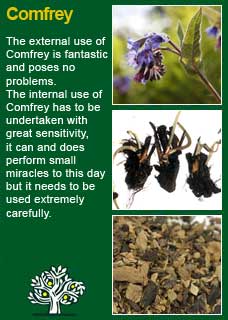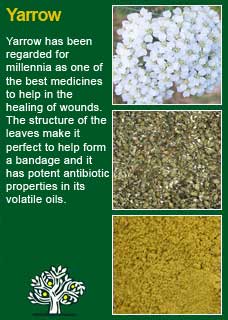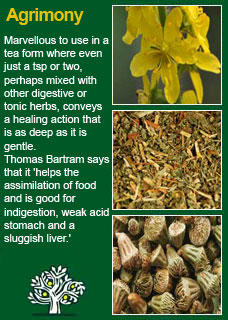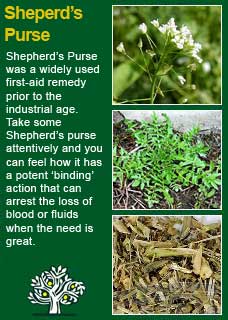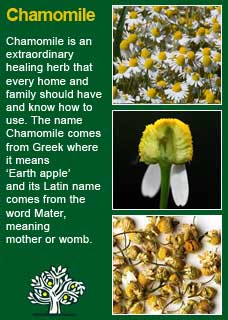
|
|
||
| Our Pages ABOUT CONSTITUTIONAL MEDICINE
|
It should be very rare, and hopefully never, that we need the ambulance or the hospital emergency department however it is often the case, by virtue of being human and because accidents happen, that we get a less serious injury that is perfectly suitable for home-care using safe and effective herbs. Some of these methods are discussed next but, firstly, how might we know when to seek medical help because there will be times where the wound, sore, cut or scrape is quite bad but it is not immediately obvious that we need to get emergency medical attention. In these cases, how can we know if it is safe to use the kind of herbs and methods described below? Our best assets to answer that question are our own senses. Look closely, with plenty of light, at the wound, sore, cut or scrape. Study it and commit how it looks to memory. Ideally take a photograph. The question of whether urgent medical assistance is needed is really as simple as answering this question; is the wound getting better or worse over time? In the great majority of cases, the body is capable of marvellous levels of recovery from all kinds of wounds. In fact, there is no clearer visible evidence of the self-healing intelligence of our 'life-force' than to watch it in action as a cut, sore, scrape or wound heals itself, right before our very eyes. Bearing in mind that there are a great many other traditional methods to help wound healing, the following is to share some methods that have been personally seen to be safe and effective.
Without doubt, for me, my family, and countless others around the world who have tried it for themselves, the top of my list is Lavender oil. It is simply superb for helping with all kinds of minor cuts, sores, scrapes and wounds. Our family have gone through innumerable bottles of it and I have no doubt that it has prevented a great deal of infection whilst it is immediately soothing and comforting to the damaged patient! Every home should have Lavender oil in its first aid kit. It is the only essential oil that you can safely apply directly to the skin and it can be used for just about any kind of injury, including burns. It is also clearly apparent that it helps to speed the healing process. How it does so is probably a mystery but anyone who uses it rates it highly in this matter. I am sorry to say that the world of essential oils is rather rife with multi-level marketing, meaning there are some ridiculous claims made for the superiority of certain brands which are used to justify their exorbitant prices. An excellent, pure Lavender oil should not be at all expensive, we pass on our own 10ml bottles to patients of our clinic for only 9 New Zealand dollars. Read more about Lavender here
Along with Lavender, Calendula is one of the greatest of healing herbs for wounds, sores, cuts and scrapes. There are many ways to use it, for example one immediately effective method is to use dried Calendula flowers as a compress For a strong compress for open skin problems such as cuts, sores, scrapes or wounds. take a small handful of Calendula flowers, briefly boil in about half a litre of water then cover and allow the mixture to steep for approximately 10-15 minutes before straining. It is also ok to just leave the Calendula steeping in the water until it has cooled. Then simply soak a cloth in this Calendula 'infusion' and apply it 'wringing wet' directly over the damaged skin. For a 'hot' wound, with lots of redness, swelling and inflammation, it can be most beneficial to make the compress cold by putting the Calendula infusion in the fridge or by adding ice-cubes to it. You then place a small towel or cloth in the cold mixture to make a 'wringing wet' compress to place over the wound. If needed, when the compress has drawn out some of the heat and is no longer cold, you can refresh the compress with another cloth from the cold infusion to take things a step further. Equally, for a wound that would benefit from more blood flow, more heat, you can place the Calendula compress at room temperature over the wound, then place a dry towel over the top of it, and then place a heated wheat bag or other heat source to bring some penetrating warmth into the affected area. No-one knows better than the patient themselves whether things feel better with heating or cooling, and sometimes the best way to find out is to try both and ask them and, if it turns out that they like both, then use both. Alternating hot and cool compresses are a time-honoured way to flush out debris from damaged tissue and improve the necessary circulation of blood to mend the wound.
There are many different Calendula creams available commercially, with good reason, people who use them tend to rate them highly to their friends, family etc. so there is plenty of demand for them. Creams are very convenient, with none of the trouble required in making a compress such as described above, albeit they may not be quite as strong, and the compress would be better in an acute situation. For anyone interested, I will share the recipe for our 'healing cream' in which Calendula is a key ingredient. We have seen this work especially well for the kinds of small sores on the hands or face that need regular treatment with something easy to apply. The base to any herbal cream is very important and, if you would like to make your own cream, then I recommend the product called aqua-derm product from Medi-Essence in Auckland. (note that I have no financial involvement with this company aside from being a long-term customer!) They can be reached at enquiries@essenchi.co.nz and they do send out orders internationally. I have never found a cream that can absorb more herbal extracts and it is made from all-natural ingredients. The following is to make a reasonably large 120gm jar of cream.
This preparation can certainly be used for external wounds with great benefit, but I have personally mostly used it for people with internal damage, especially wounds in their digestive tracts; which could be anything from the tiny tears that cause 'leaky gut syndrome' all the way up to full blown ulcers.
The above quantities are simply a guide, you can use any amount of these three herbs in 'equal parts' meaning that the weight of each herb will be the same (though it will seem like there is a lot more Calendula because it is so light) Cover the infusion and allow to steep for 15 minutes. Strain and drink in divided doses throughout the day and/or use as a compress. Note that if this tea is for external use only then it will also be highly beneficial to add equal parts of Comfrey Leaf. Again, the compress is made by soaking a clean cloth into the tea then applying it 'wringing wet' either hot or cool to the affected wound and then either allowing it to simply cover the wound or wrapping another cloth around the area to hold it in place. You can keep re-using the tea for a day after you make it so if the wound is bad then the compress may be replaced with a freshly soaked cloth as frequently as needed. Wet, weeping wounds may be wise to keep covered with compresses until they have stopped weeping. Cool compresses are likely to be best for recent wounds that are still red and inflamed. Hot compresses are likely to be best for older wounds that are not healing well. However, the comfort of the patient is the best guide here, if they clearly prefer the compress to be warm or cool then trust their instinct, the medicinal action of the herbs will not be affected one way or the other.
Particularly when conventional methods are not working, or perhaps aren't available for some reason, it may be of much help to know of some safe and effective 'old ways' to help with deep wounds. Firstly, the simple method of using a honey dressing can be recommended as a good starting point, especially as this should be immediately accessible to anyone who needs its help right away. Then there are some further, more detailed, treatment options using herbal poultices or salves. The use of Honey for wound healing has an ancient history along with excellent modern research to support its traditional use. Anyone that wants to delve further into this can read the pioneering New Zealand Professor Peter Molan's work on honey and wounds found here Honey will speed healing in the wound whilst killing or preventing the infections that are often the hardest parts of the problem to get on top of. Any kind of honey will work so you must not worry if your options are limited in this regard. That said, if you can get it, then the most effective form that has so far been identified is from Manuka honey, and this is now widely available. Firstly, clean the wound using saline solution. You can make this at home by adding a half tsp of salt to a cup of freshly boiled water, if you have any concerns about how clean your water might be then boil it on a stove top for a few extra minutes. You can wet a cloth with the saline solution and gently clean in and around the wound or, especially if it is quite raw and sore, you might be best to simply spray the saline solution on to the wound and the surrounding skin and then just let it dry while you are preparing the honey dressing. Take a gauze bandage or other kind of clean, breathable material that is cut just a little larger than the wound and apply a liberal amount of honey to one side of it. Don't be shy to use plenty of honey, e.g. you can easily go to half a cm thick. Apply the honey directly to the wound and then fix it in place using a cotton bandage or other kind of material that will keep it attached. Ideally you want to keep the skin around the wound quite dry but the wound itself should be kept moist whilst it is healing. Leave the bandage on for 24 hours and then repeat the process of first cleaning with saline and then re-applying a fresh honey poultice. You should see rapid and significant improvements with this treatment and you can be 100% sure that the honey will not feed any infection or otherwise interfere with healing. The reason this is an ancient technique is not because it made things worse. We have used it for many thousands of years for one reason and one reason only, because it works.
No one should underestimate how much a honey dressing may be able to help and this is probably the best place to start but, for a deeper or more chronic wound, you may need a more comprehensive strategy to turn things around.
Use any one, or a combination of Myrrh, Calendula, Golden Seal or Echinacea. These are all potent, antimicrobial herbs. They are all very good, use what's available.
Ideal herbs for a poultice for a deep wound include Calendula, Comfrey, Echinacea, Yarrow and Slippery Elm. If I had a choice of any of these I would personally use equal proportions of Calendula, Comfrey and Echinacea powders. Add enough water until you get a paste then either gently put a thick layer of the poultice directly on to the wound or place enough of it onto a bandage that you then apply directly to the wound to well and truly cover it. You will need to hold the poultice in place for at least one or two hours for the active ingredients in the herbs to fully penetrate. Simply wrapping some plastic cling wrap around the poultice for this amount of time will not make the area overly damp and is an easy way to hold things well in place. However, if for any reason, you prefer to use something like a cotton crepe bandage then that is perfectly ok too. When you take the poultice off you should again clean the wound with the saline solution and allow to dry before re-dressing. Remember you need to keep the wound moist but the surrounding areas relatively dry so ideally you now move to putting a salve directly on to the wound as described next, or use a honey dressing as described earlier. Remember, the herbal poultice is meant to make direct contact with the damaged tissue. The speed with which herbs like Comfrey and Calendula affect healing can be nothing short of remarkable. I do realise that people naturally worry about putting something so messy, so 'organic, into an open wound but again, as with the honey, you can trust that many thousands of years of these practices have shown us beyond any possible doubt that these methods are both safe and effective.
Herbal Salves are also extremely effective for wound healing and are easy to administer and leave in place for the long time-frames that can be needed to help cure a deep wound. You should be able to obtain a commercial herbal salve that has been well made and ready to use. Salves that contain Calendula and/or Comfrey root can be especially recommended. If there is much pain in the wound, then using an infused oil of St John's wort in the salve can give great relief. See below for the recipe and instructions on the Trauma salve that we make in our clinic.
The use of these infused oils, combined with melted beeswax to make a salve, is an ancient treatment, but this recipe has been taken from the excellent book 'Making Plant Medicine' by Richo Cech Open the jar of herbs and oil and give the mixture a good stir every few days as it sits there for at least two weeks. It will go a lovely rich colour over this time and should smell good too. To make the salve: Let them cool in the open until you can see that the salve has set, then put caps or lids on them and label.
Finally, If a person is suffering from a chronic wound then, as well as whatever you do externally, you may also need to help support the immune system and sometimes, to take steps to improve circulation.
If a wound or sore is not healing well, we might assume that their immune system needs support. Two of the best of all medicines to help achieve this are Echinacea root, more about it here, and Astragalus root, more here These two herbs are by no means the only possible immune health allies but will be a reliable starting point. Immunity is an important subject in itself, particularly when we need to understand better why it might be too low in the first place, to explore tis subject further read here
If a person who is having a problem healing their wounds also has poor circulation, then it may be very important to take steps to help improve their blood flow. Three of the best herbs to help improve circulation are; Hawthorn leaf & berry, more about it here, Cayenne in capsule form, more here, and concentrated extracts of Ginkgo biloba, more here
Please understand that I cannot personally advise you without seeing you in my clinic. |
|
|
© 2011 R.J.Whelan Ltd

